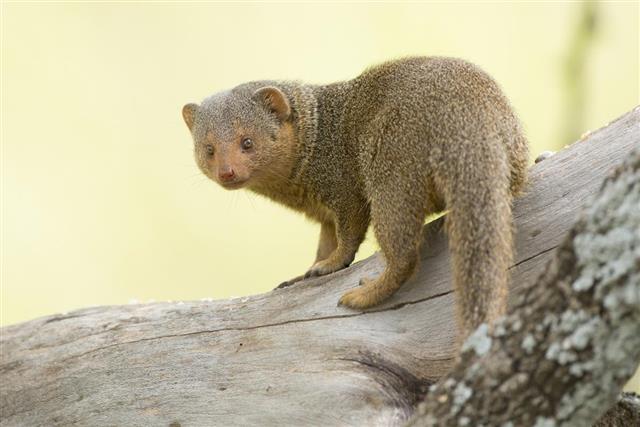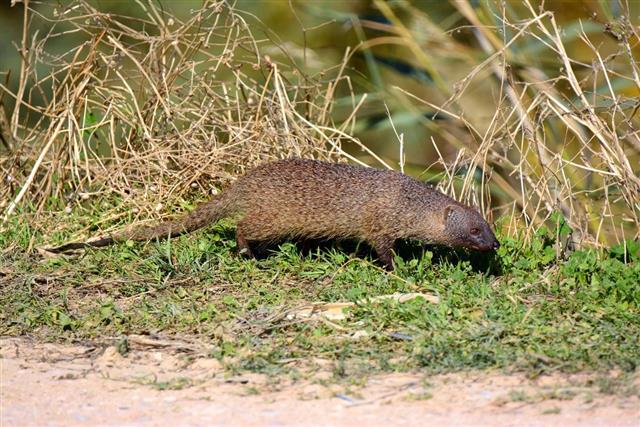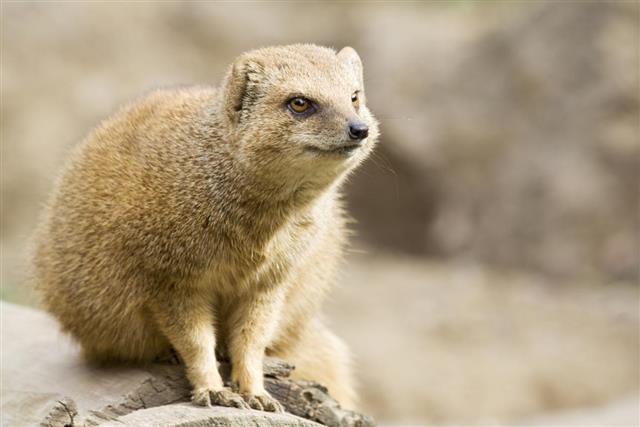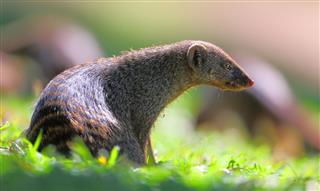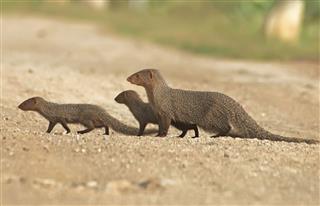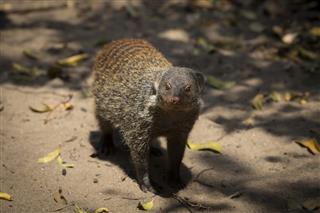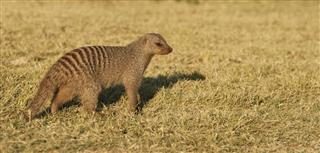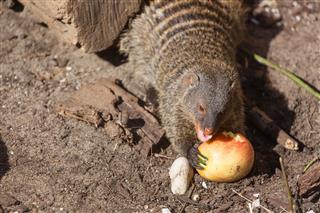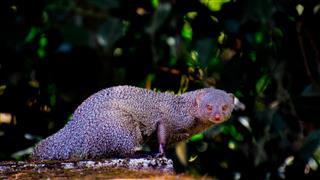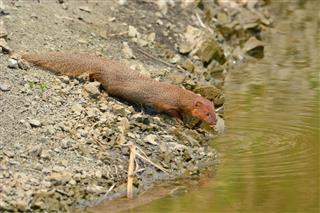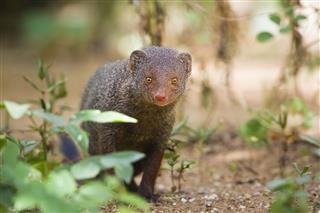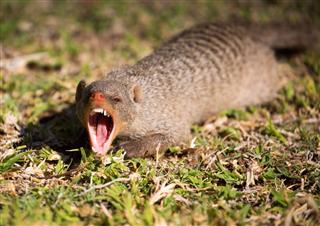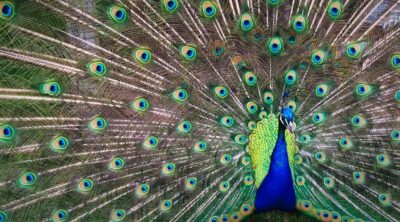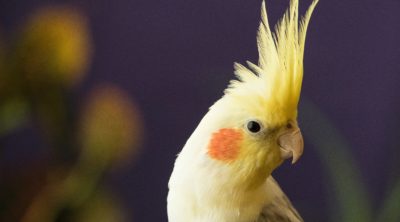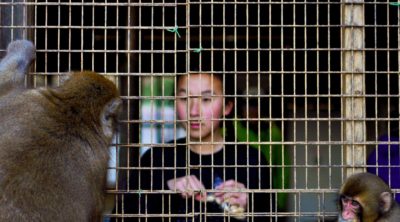
It would seem wiser to research thoroughly before keeping a mongoose as a pet. They are primarily wild animals and excellent snake killers. Most countries do not allow the import of this animal because of the damage they can do the ground flora and cultivation.
Mongooses belong to the family of Herpestidae and are found in southern parts of Europe, Asia and mainland Africa. They are found in the US, especially in Hawaii, Caribbean, Barbados, and Sandy Point National Wildlife Refuge, St. Croix, U.S. Virgin Islands. Mongoose are carnivorous in nature and have small and long bodies with tapering tails. While some are nocturnal, some species of mongoose remain active during the day. Keeping mongooses as pets is not a wise option as they are prone to rabies and can be temperamentally unpredictable. There have been cases where, people have kept mongoose as pets because they are extremely intelligent animals that learn tricks and follow orders quickly.
Mongoose Facts
If you intend to keep a mongoose as a pet, you must learn about them and their characteristics. Here are some mongoose facts that you will find fascinating:
- These animals have short legs, their paws have claws which do not retract and therefore are constantly protruding outwards.
- Their small feet make them extremely fast runners, which helps them tackle snakes 4 times their size in deft and swift flashes of movements. They are brilliant tacklers of the King Cobra snake. The animal dodges the snake several times in a ritualistic dance like maneuver, which eventually tires out the snake. Once the snake gets exhausted, the mongoose bites into the snake’s spinal cord on the neck and snaps it. Once the snake is dead the mongoose may or may not eat the snake, though if it chooses to eat it, it will rip off the snake’s head and eat it along with its fangs.
- Mongoose are extremely resistant to venom though not completely. It would take eight times the venom of a snake to kill a mongoose, than it would to kill a human being.
- The mongoose habitat includes, living in dark and damp areas, such as burrows in the ground, under trees and crevices of rocks. The extraordinary aspect being that, mongooses never dig their borrows on their own, and instead they chose to occupy abandoned borrows which have been dug by other animals such as foxes, rabbits etc.
- Almost all mongoose have a grayish brown streaks or patterns on their fur.
- These animals have a keen sense of smell, which they use for hunting as well as killing venomous snakes. The animal demarcates its territory much like how skunks do, and this keeps other invaders away. They also attract prospective mating partners through this scent.
- While courting, the mongoose lets out a high pitched giggling sound, which attracts the opposite sex to approach that area from where the sound is being emitted.
- Mongooses appoint sentinels which stand on guard, keeping a look out for predators. If they sense danger, they make loud calls to the other community members, which leads to all of them taking refuge within their burrows.
- The Egyptian mongoose, is a solitary mongoose and not sociable. However, the yellow mongoose are highly social in nature and like living in big communities.
People prefer keeping the dwarf mongoose as pets, because they are the smallest of the species and are about one-foot tall. They are meek, gentle and affectionate towards people and are great at keeping snakes and rats away. No matter which mongoose you chose, they all end up damaging the flora and fauna around them. This being the main reason why they are banned in many countries.
In case you do keep a mongoose as your pet, remember that great care needs to be taken while feeding them. These animals being carnivorous like eating eggs, chicken, meat, small birds, and animals such as rats, lizards, frogs, small snakes, worms ,and even insects such as grasshoppers, and cockroaches. They even eat fruits such as nuts, and berries. You can try feeding it other food, if it eats it rest assured it likes it.
There is no vaccination for mongoose rabies and this is a serious cause for concern. Therefore, I would suggest speaking to people who keep these animals as pets or even animal experts, before going ahead and adopting one for yourself or your kids.
